1949
Mao's Message: Multiply
In response to U.S. observation of China’s inability to feed its people, Mao Zedong declares his opposition to population control: “Even if China’s population multiples itself many times, [the PRC] is fully capable of finding a solution; the solution is production.
1949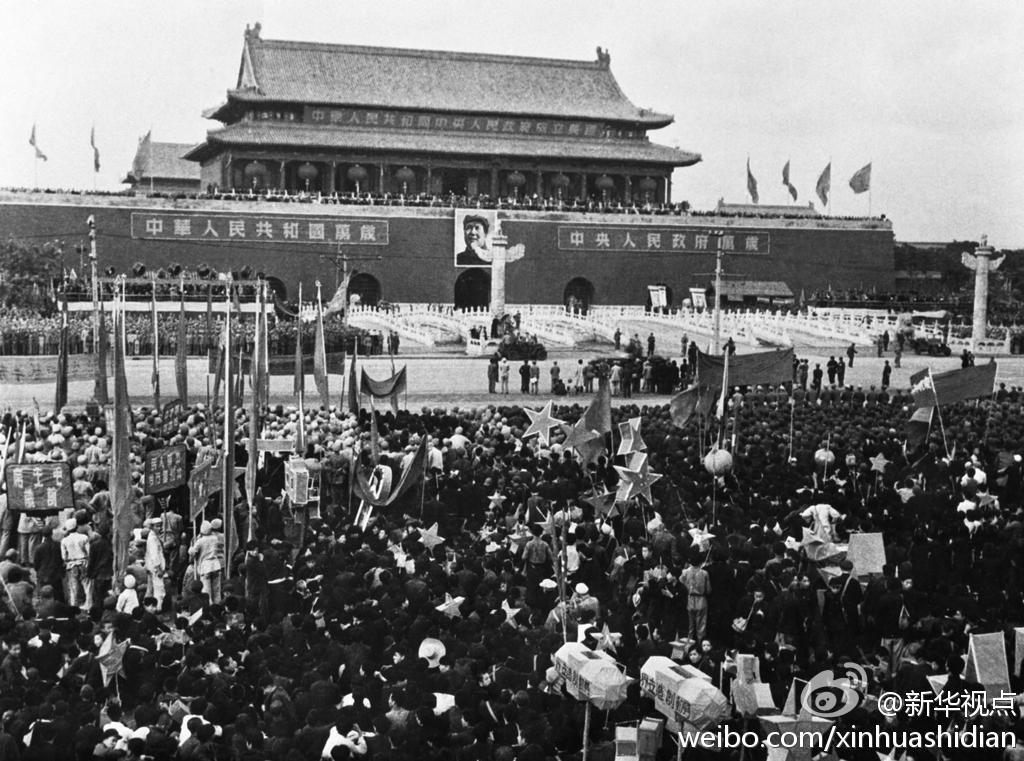
Census Count
Census reveals China has total population of 580 million, with 13.2 percent of resident living in urban areas. Prompts government leaders to approve birth control and the state to encourage couples to use it.
1953Birth Control?
First official government meeting is convened by health ministry on the “birth control question.” A report goes to the party’s Central Committee issuing instructions “on the question of controlling population.” This is the first time the Party declares itself in favor of “control.”
1954Contraceptive Clinics
Jiangsu Province introduces knowledge of contraception and birth control by establishing contraceptive guidance clinics, especially in urban areas.
1956Mao's Contradictions
In his famous February 27th “contradictions” speech to Supreme State Council, Chairman Mao Zedong raises the possibility of birth planning. “It would be better to have fewer births … In my view mankind is completely incapable of managing itself. It has plans for production in factories, for producing cloth, tables and chairs, and steel. But for producing humans itself there is no plan … what about a ministry of birth control?” Later that year, Article 29 (birth planning) is made part of the revised Twelve Year Agricultural Plan advocating planned births in densely populated rural areas. In a major speech that October, Mao says, “I think birth control should be part of the middle school curriculum. It’s not OK to have human reproduction in a state of total anarchy — we need birth planning.”
1957More Children
At start of the Great Leap Forward, Mao declares that “for now, a large population is better” in achieving goals of economic production. Still, China develops its own contraceptive pill as it ramps up party propaganda to promote voluntary birth control.
1958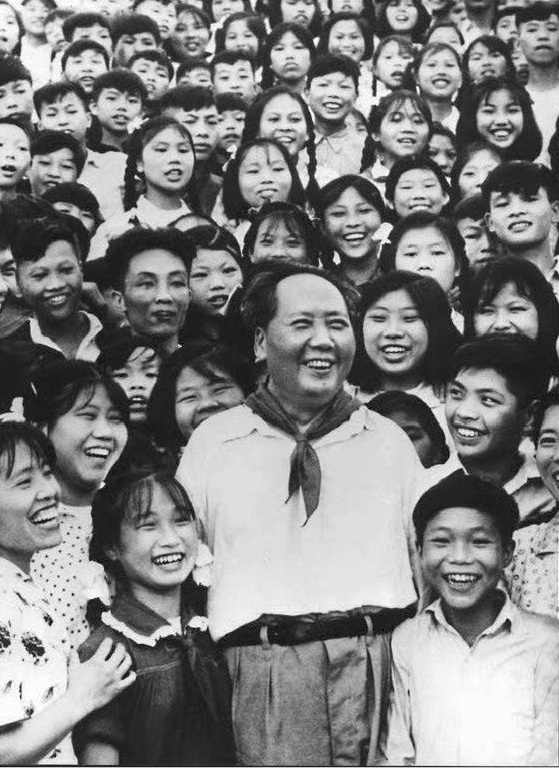
Fewer Children
Following China’s massive famine, the government restricts rural-to-urban migration and promotes birth planning in urban areas.
1961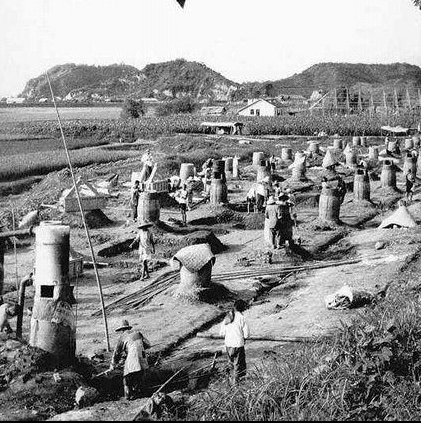
Later, Longer, Fewer
The Central Committee and State Council issue a joint directive on “earnestly advocating planned birth” with focus on cities and densely populated rural areas. Youth Daily article favors late marriage and couples having a first child at ages 26-27. Also encourages spacing of three to five years between children and no more than two or three children per couple. Slogan is “later, longer, fewer.”
1962Two Children Is Enough
Provinces start to establish birth commissions. Premier Zhou, who is the main spokesman for birth planning, proposes a slogan: “two children per couple is enough.” Voluntary compliance is urged, along with preferential treatment for those who comply: “Coercive commands won’t do,” he says, “but neither will leaving people to themselves.”
1963Cut Population Growth
China’s State Council establishes its first Birth Planning Commission with its Birth Planning Office to lead the national effort. Long-term goal is to reduce growth rate of the population to one percent by 2000. Growth rate in 1962 was 2.7 percent. Between 1963-66, urban birth rate is cut in half.
1964Rural Focus
Mao issues his well known “626” instruction to the health ministry, shifting this department’s work. He commands focus of efforts, including birth planning, be transferred from urban areas to countryside.
1965Cultural Revolution
Cultural Revolution intensifies and birth-planning activities cease.
1966-1969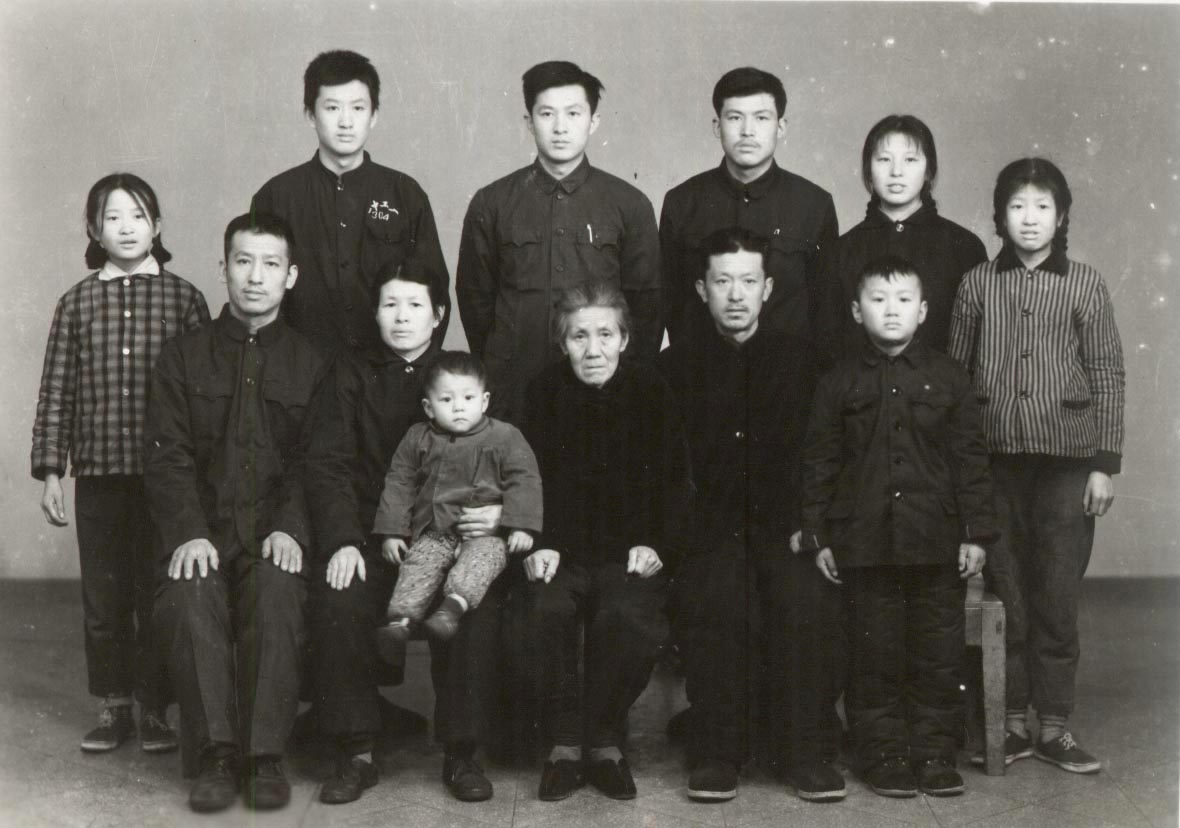
Five Year Plan
China’s State Council approves a report on birth control and sets goals to reduce the rate of population growth from 2.5 percent in 1970 to one percent in cities and 1.5 percent in rural areas by 1975 a part of its fourth Five-Year Plan (1971-1975).
1971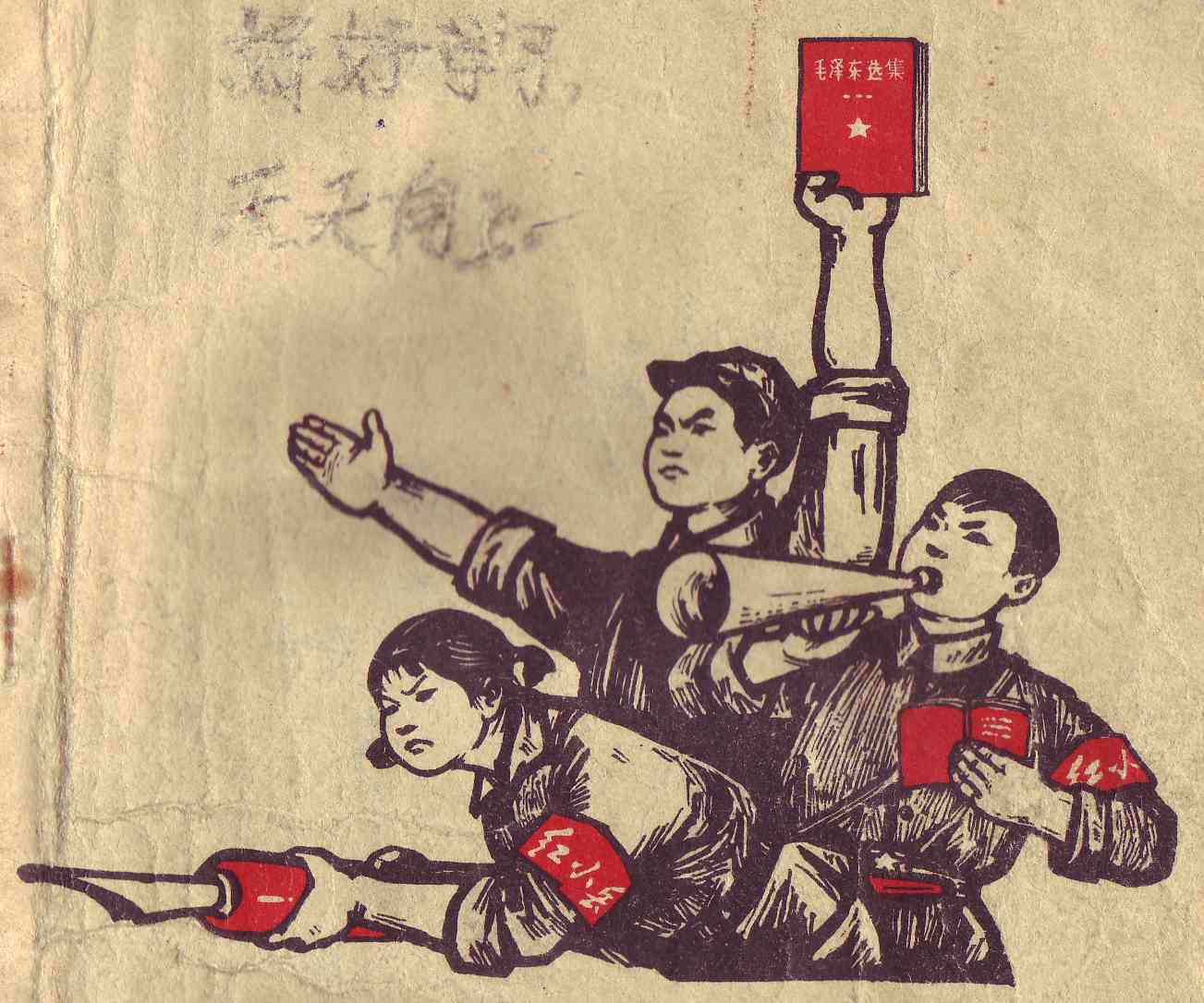
The Decade's Slogan
At an informal birth planning conference attended by representatives of 24 provinces, the slogan “marry a little later, space a little more, have a little fewer, raise a little better” emerges. Its last part is not made part of the popular 1970’s slogan, but by 1979 “raise a little better” is being emphasized, as well.
1972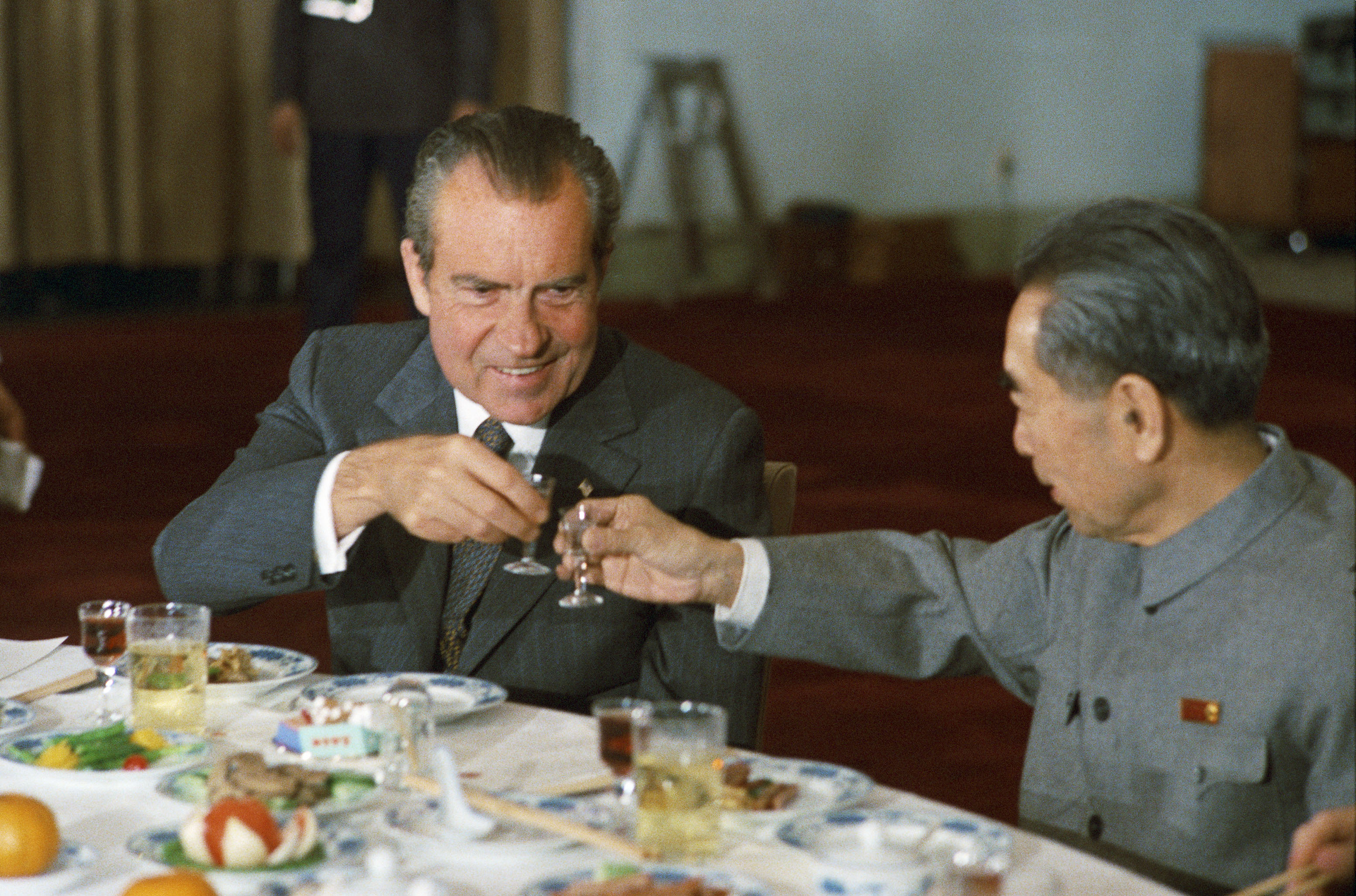
One Is Not Few
First official national birth conference of the 1970s convenes; emphasis is placed on late marriage (wan) — minimum age of 23 for women and 25 for men in the countryside (25 for brides, 27/28 for urban grooms); long spacing (xi) — at least four years between children; and fewer children (shao) — each couple not to exceed two in cities, three for rural families. Slogan emerges: “one is not few.” No report of this conference is endorsed or circulated.
1973City Moms
First UN-organized World Population Conference is held in Bucharest. China’s urban fertility rate is 1.98 children per woman, which is below replacement level.
1974Mao Scribbles
On draft of the annual plan, which includes a target for the rate of population growth (from 1.75 percent in 1975 to one percent in rural areas and 0.6 percent in cities by 1980), Mao scribbles his last authorization of birth planning: "It won’t do not to control population."
1975Modernization Begins
Following Mao Zedong’s death, leaders adopt modernization strategy focused on economic development. Its success will be gauged by rise in per capita GDP, thus its strong linkage to controlling population growth, which becomes key component of Party leaders’ legitimacy. A mass propaganda campaign — with the slogan "Later, Longer, Fewer” (Wan, Xi, Shao) — is the cornerstone of China’s birth planning. Local birth control enforcers (a.k.a. “menstrual monitors”) track a woman’s contraceptive usage, even her menstrual cycle, to detect an out-of-quota pregnancy; then, medical procedures are used to enforce the campaign. These approaches are forerunners to similar coercive measures made part of the one-child policy.
1977One Is Best
Central Committee Document No. 69 advocates policy of “one is best, two at most, spacing of at least three years.” Female faculty members at Tianjin Medical School announce their support of birth-planning policy with the slogan “Having Only One Child for the Revolution,” and similar support by women in other cities follows.
1978
Encourage 1, Prohibit 3
Tightening of population targets leads to subtle shift in birth control policy: emphasis moves from “one is best, two at most” to “encourage one, prohibit three.” Beijing’s top population leader Chen Muhua connects the country’s economic goals with birth planning in his People’s Daily article, “The Realization of the Four Modernizations Hinges on the Planned Control of Population Growth.” He urges zero population growth by 2000.
1979Starting Decline
After a decade of birth planning efforts (“later, longer, fewer”), China has cut its Total Fertility Rate in half — from 5.8 children per woman in 1970 to 2.7 in 1978. Such a steep decline in fertility in such a short time is unprecedented. At least 70 percent of China’s drop in fertility since 1970 was achieved prior to its launch of the one-child policy. The country’s sex ratio at birth is 1.06, which means 106 boys are born for every 100 girls – within normal range.
1979One Child Policy
President Deng Xiaoping establishes goal of quadrupling per capita GDP from $250 to $1,000 in two decades. To succeed will require that China’s population be held to 1.2 billion people (in 2000) with a population growth rate of zero. This will mean 95% of urban couples and 90% of rural couples would have just one child. (In 2000, China had 1.26 billion people; its GDP goal had been achieved by 1990.) Communist Party leaders are influenced heavily by the quantitative projections of Song Jian who demonstrates the food and water shortages China will face if leaders do not institute a one-child policy. Song argues that a Total Fertility Rate closer to one child per woman than two will be needed if China is going to reach its optimal population of 700 million or less in 2080.
1980Effective Incentives
Birth-planning officials in Beijing realize that market forces in rural areas are increasing the demand for male labor, so they allow exemptions to the one-child policy so that some rural couples can have a second child (a boy). These officials acknowledge that the success of the one-child policy requires “effective and implementable” economic incentives and disincentives.
1981The Enforcer
The census reveals that after a decade of decline in the rate of births per woman in China , that rate was rising, in part due to less emphasis on later marriage as the one-child policy went into effect. Beijing officials direct the provincial birth-planning leaders to sterilize one member of a couple that has two or more children. Out-of-plan pregnancies, the directive indicates, should be ended “firmly but early.” Provincial campaigns are begun to stringently enforce birth limits.
1982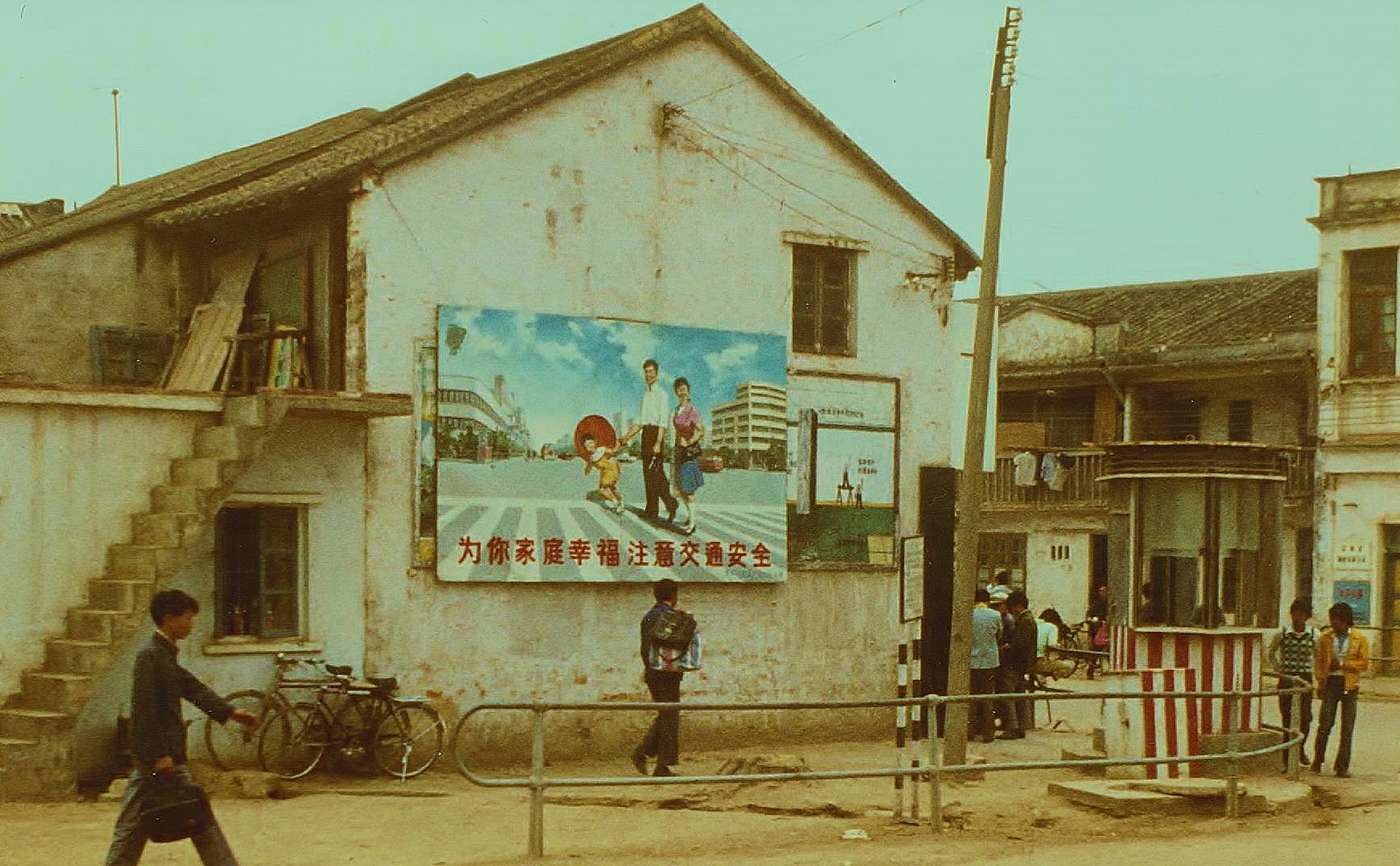
Medical Solutions
China experiences an all-time high of 58 million birth control-related medical procedures; 36% of those are sterilizations, twice the number of such medical procedures in prior years.
1983Opening Small Holes
China’s State Family Planning Commission appeals for a more realistic birth control policy. It is reacting to backlash against widespread sterilization and forced abortion campaigns. In issuing Document 7, the Central Committee of Communist Party responds to the rural resistance to one-child policy by “opening small holes,” enabling more couples are able to have a second child, and “closing big holes” that means that unauthorized second births are to be limited. Total population goal for 2000 changes from “within” 1.2 billion to “about” 1.2 billion.
1984Local Exemptions
To respond to Beijing’s “opening small holes” directive, provinces devise rules befitting their population. Among more popular exemptions are ones allowing rural couples whose first child is a girl to have a second child, after waiting a specified number of years between births. This means the proportion of China’s couples that are eligible to have a second child rises from 10 to roughly 25 percent.
1985Ultrasound Glimpses
Ultrasound machines are in use in county hospitals, enabling doctors to learn the gender of the fetus as a pregnancy advances. By mid-1990s, ultrasonography is available in China’s rural clinics at affordable price. Its increased use coincides with the accelerating trend of an imbalanced sex ratio at birth.
1988The Mother's Age
Half of all births are to mothers that are 24 years or younger. Over the next two decades, that proportion declines steadily. By 2010, fewer than 35 percent of births are to mothers that are that young, in fact 30 percent of China’s births are to mothers aged 30 and older.
1989Tightened Enforcement
By now, the “one-veto rule” to tighten enforcement of the one-child policy is in operation. Under this rule, a local birth-planning official who fails to meet birth control targets can be denied promotion or lose his job, even if all other criteria on job performance is acceptable.
1991Adoption Law
The Adoption Law of China is enacted. It restricts adoption of orphanage children to childless couples over the age of 35 to ensure that Chinese families don’t bypass population control limits through adoption. Foreigners meeting similar criteria become eligible to adopt from Chinese orphanages. Prior regulations limited foreign adoption to only those of Chinese heritage, non-Chinese with strong ties to the country, or long-term foreign residents of China. The vast majority of adoptions by Chinese families continues to happen informally.
1992Fertility Below Replacement
Survey of one-child policy reveals a big drop in the China’s Total Fertility Rate (TFR); for the first time, it falls below the replacement level, provoking international and domestic concerns about birth-planning cadres’ harsh enforcement. From this point on, China’s TFR remains below replacement and its sex ratio at birth increases, as many more boys than girls are born.
1992Forbidding Fetal ID
Chinese government prohibits techniques that reveal the identify of a fetus’s sex “for non-medical purposes.” This prohibition is reinforced in subsequent legal and policy directives in 2001, 2002, 2003 and 2006. Despite this law, couples continue to rely on ultrasonography to make birth decisions.
1994Welcome to America
Chinese orphans account for about 22 percent of international adoptions by U.S. families; more international adoptees come from China than any other country and the United States is their primary destination.
1995Three Links
China’s “Three Links” program integrates birth policy with rural economic planning. The links are: developing the economy of the agricultural village; helping farmers reach a modestly comfortable standard of living; and constructing “civilized and happy” families. China’s birth minister describes the “Three Links” as the “road of hope” for rural regions.
1995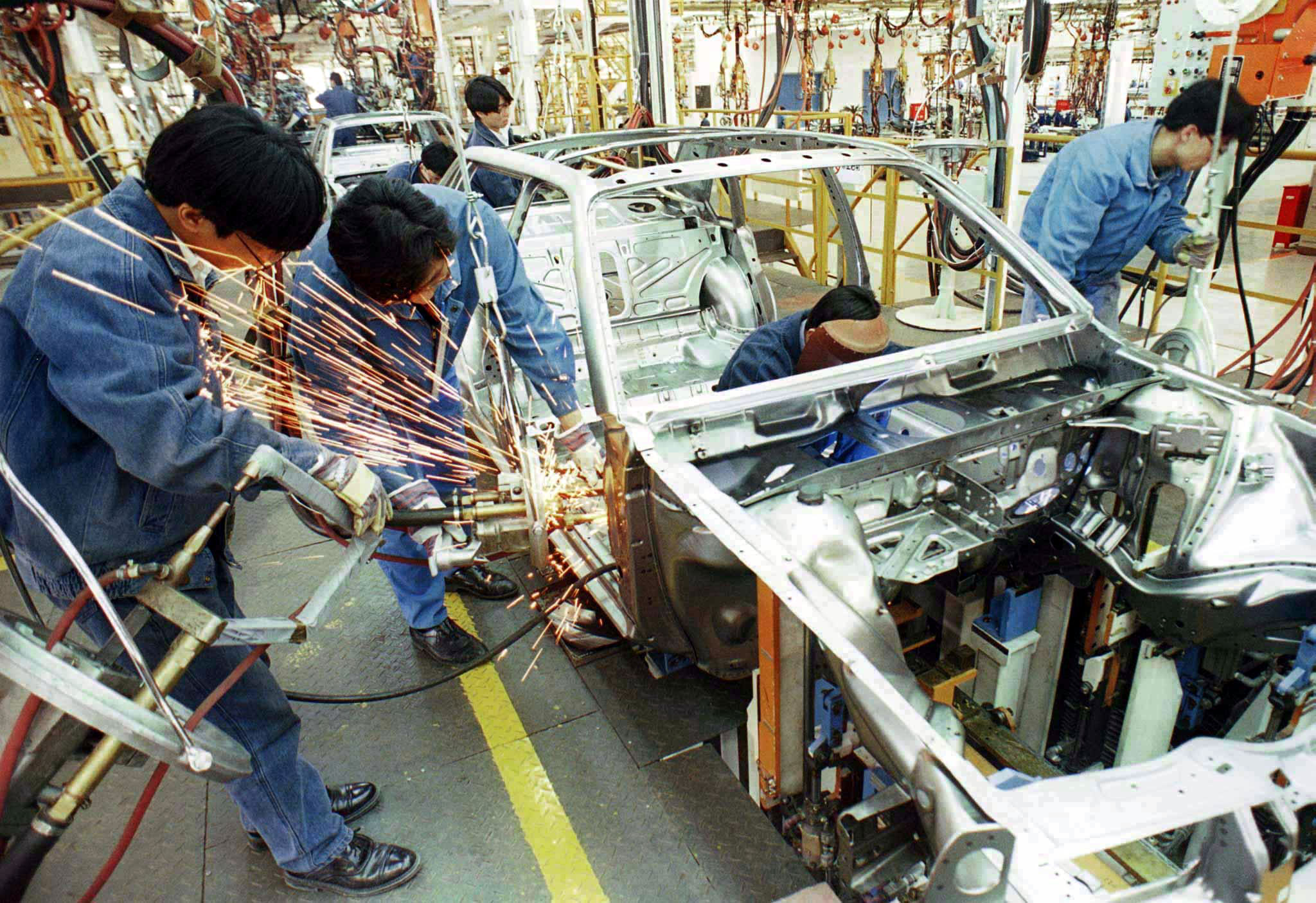
Maya and Jennie Are Born
In September, the American adoptees were born in rural towns in Jiangsu province.
1996Lessons Learned
Mid-1990s to late 1990s: A few less-developed counties in China are test sites for experiments in “voluntary” birth-planning policies. Quotas are abolished on the community level and no punishment harsher than a “fee” for an over-quota child is enforced. The result is no rise in the region’s fertility rate. There are also fewer contraceptive failures and abortions reported, and the sex ratio at birth is “more normal.” Similar approaches are spread to 800 counties in seven provinces.
Mid-1990s to late 1990sLooser Adoption Rules
China amends its adoption law to enable Chinese and foreigners over the age of 30, with or without children, to adopt from the orphanages. Adoptions outside of the orphanage system still require that a Chinese couple be childless.
1999Care For Girls
When this census (2000) is compared with the 1990 census, the number of females in the population suggests that more than a quarter of the “missing” girls in the earlier count are being “hidden” as over-quota children; they are not “missing,” as had been presumed. This same year, the Chinese government launches its experimental “Care for Girls” program in Anhui Province. The goal is to learn if incentives promoting the value of daughters counter the rising gender imbalance. Financial assistance is given to one- and two-daughter families. Girls’ education fees are sponsored and pensions are increased for families with girls. These strategies combine to reduce the targeted city’s sex ratio at birth from 125 boys/100 girls in 1999 to 114/100 by 2002.
2000Force By Law
After two decades, when China’s one-child policy existed without legal authority, the National People’s Congress passes the Population and Family Planning Law. This law “advocates” but still does not “require” each couple to have only one child and prescribes “social compensation fees” for over-quota children. Institutions involved with state planning of population and births are legalized and restraints are placed how these laws can be enforced. According to this law, it is the “constitutional duty” of citizens “to practice contraception and limit childbearing.” In Article 22 of the Population and Family Planning Law, treatment of girl babies is addressed: “Discrimination against and mistreatment of women who give birth to female children or who suffer from infertility are prohibited. Discrimination against, mistreatment, and abandonment of female infants are prohibited.” Also, according to this law, “use of ultrasonography or other techniques to identify fetal gender for non-medical purposes or sex-selective pregnancy termination for non-medical purposes, at another's behest” constitutes a crime. It is made illegal for a doctor to reveal the sex of a fetus to expectant parents. As the practice continues in spite of this law, legal and policy directives are issued to reinforce prohibition of fetal sex identification for non-medical purposes.
2001Beijing Speaks
In September, the Population and Family Planning Law takes effect in all regions of China, though Beijing’s leaders do not expect that every province will align their birth-planning policies with the national one immediately.
2002
Girl's Matter
Based on the success of “Care for Girls” in Anhui, the program is brought into 24 counties with high sex ratios at birth. Within two years, the average SRB in those counties drops from 133.8 (in 2000) to 119.6 in 2005.
2003Tipping To Boys
China’s out-of-balance sex ratio at birth (SRB) reaches a high of 121.2 boys born for every 100 girls. In some rural areas, the SRB is reportedly as high as 140 boys/100 girls. By the following year, a population survey reveals there are 32 million more males under the age of 20 than females. It also finds the sex ratios at birth are highest among one- to four-year olds, spiking in rural areas with 126 boys born for every 100 girls. In this age group, SRBs of more than 130/100 are reported in six rural provinces. Among first-born children, the SRB is near normal; it rises sharply with the births of second children. In nine rural provinces, the SRB for second children is more than 160/100.
2004Foreign Adoptions Peak
This is the peak year of international adoptions from China: families from 17 countries adopt 14,496 children.
2005Baby Trafficking
Members of the Duan family, along with orphanage officials, are arrested in Hunan province and charged with “selling” healthy baby girls to “baby-buying” orphanage. The traffickers are convicted and jailed. Xinhua News reports that foreign families have adopted some of these trafficked babies.
2005-2006Modern Family
Trouble finding a suitable spouse” is regarded as “a major social problem,” as men heavily outnumber women between ages of 24 and 34. According to the story in Xinhua about these findings, women are raising their expectations in choosing a husband. In another Xinhua story, 29 leading political advisers speak out against the one-child policy, arguing that it might be time “to allow people to have two kids.” In this story, sociologists in China are said to believe that “a family frame composed of four grandparents, two parents and one child is not a rational option.” Yet, this is the generational structure for the vast majority of Chinese families.
2007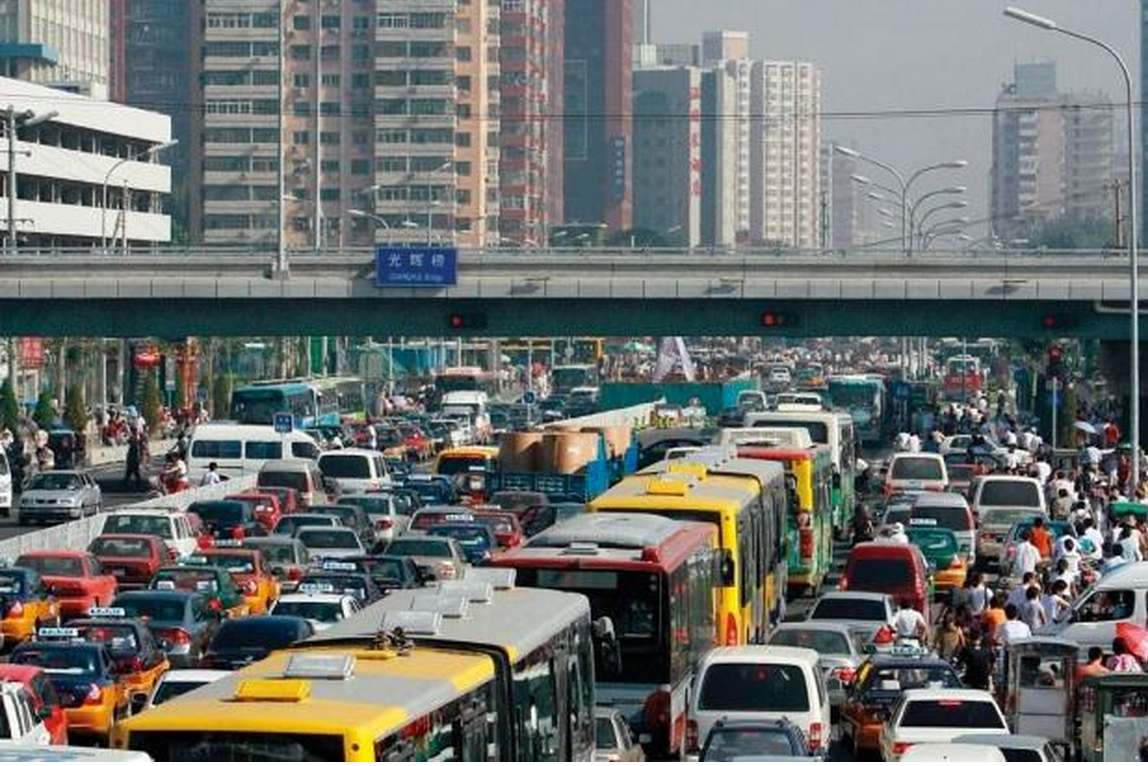
Missing Girls
The estimated number of “missing” girls — girls who would have been born, absent the one-child policy — rose from about 8.5 million (2000 census) to more than 20 million (2010 census). Scholars describe China as entering a “new demographic era” characterized “by prolonged low fertility, persistently elevated sex ratios, rapid aging, massive urbanization, and widespread geographic redistribution.”
2010Urban Migration
For the first time in China’s history, more than half (51.27 percent) of its population lives in cities. At the same time, the People’s Daily’s editorial warns of potentially grave demographic dangers ahead. “The sex ratio imbalance will affect the future development of our population,” the editorial writers conclude. “In the long run, the inability of ‘surplus’ men to have a spouse and child poses the problem of how they will take care of themselves and their parents in the future. … The continual accumulation of unmarried men of legal marrying age greatly increases the risk of social instability and insecurity.”
2012Easing Up
For the first time in 30 years, China eases its one-child policy. All couples in which one parent is an only child can register to have a second child. How to do this is left to provinces and municipalities. In this same year, the government says it intends to move 250 million rural residents into urban areas in the next 12 to 15 years. By 2030, an estimated 70 percent of China’s population will live in cities.
2013
Low Fertility Trap
By some estimates China’s Total Fertility Rate falls to 1.4 children per woman. This pushes the nation close to the “low fertility trap,” which is a point from which no country has succeeded in reversing its downward slide in births per woman. If this fertility rate holds, then future generations will be 25 percent smaller than the one that preceded it. The director of China’s National Bureau of Statistics announces China has 33.8 million more men than it does women. China’s population exceeds 1.3 billion.
In Shanghai, 112.2 boys are born for every 100 girls, and the city fails to hit the sex ratio at birth target of 109.7 proscribe by its health officials. Plans are announced to crack down on fetal gender tests (already illegal in China) and tighten registration process for pregnancies as ways of reducing sex-selective abortions.
In Beijing, the National Health and Family Planning Commission estimates that second-child exemptions, in effect in a number of cities and provinces (not yet nationwide), will add about two million births each year to China’s roughly 15 million. However, as registration gets underway, varying figures show that only 800,000 to one million eligible couples have even registered to have a second child, well below officials’ hope and expectations.
2014Two-Child Policy
In late October, China’s Communist Party decided to end its one-child policy. The government announced a new family planning policy in which all married couples would be allowed to have two children. The National Health and Family Planning Commission, tasked with enforcing the policy, explained that abolishing the one-child policy would “increase labor supply and ease pressures from an aging population.” This change comes after the 2013 easing of one-child policy restrictions did not lead to the desired number of newly eligible couples registering to have a second child.
2015Birth Planning Oversight Diminishes
Prospective parents in China will no longer need to obtain approval to have two children under the new two-child policy, according to a document released by the Communist Party in January. The document states that families will be able to "independently arrange childbearing.” Prior to this new policy, the National Health and Family Planning Commission had said that couples would need to register for a second child. This indicates a relaxation of official birth planning oversight once this new policy goes into effect.
2016